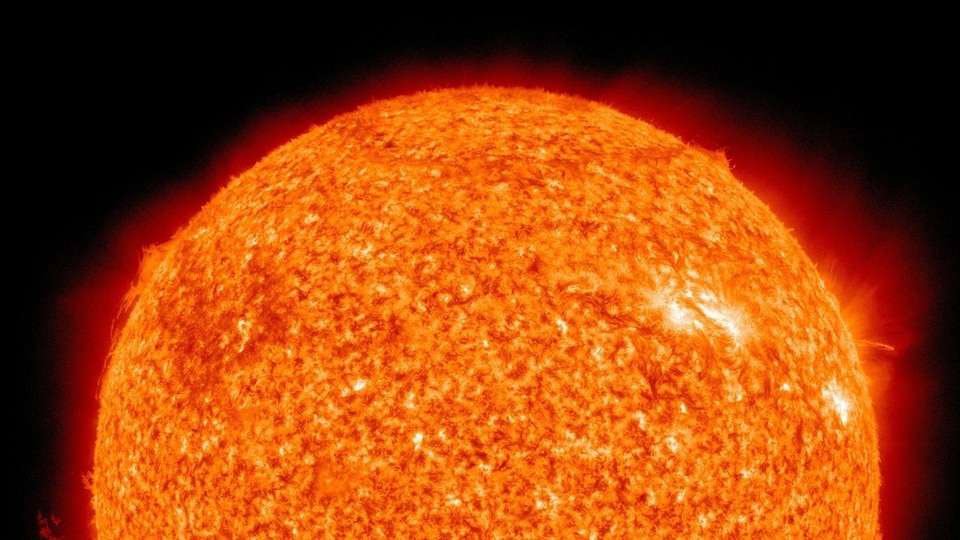Dangerous sunspot emerges on Sun, can BLAST powerful solar storms at Earth
After causing an X-class solar flare yesterday, January 6, the sunspot AR3182 is now threatening the Earth with more solar storm activity. Check details.






 View all Images
View all ImagesYesterday, January 6, it was reported that an X-class solar flare struck the Earth and caused a shortwave radio blackout over a large area of South Pacific, including Australia and New Zealand. Now, NASA Solar Dynamics Observatory (SDO) has revealed that the solar flare came from a sunspot called AR3182. Notably, this is the same sunspot that caused a massive explosion on the farside of the Sun on January 2. However, the sunspot appears far from done and it can explode again causing powerful solar storm activity on the Earth.
The development was reported by SpaceWeather.com which noted, “Newly-emerging sunspot AR3182 poses a threat for strong solar flares. On Jan. 3rd it produced a probable X-class eruption on the farside of the sun, followed on Jan. 6th by a definite X-flare on the Earthside. Given the size and apparent complexity of this large active region, there's a good chance the explosions will continue in the days ahead”.
Dangerous sunspot creates solar storm scare
While the sunspot itself is dangerous and unpredictable, which creates trouble for the Earth, a larger issue is that our planet is in its perihelion position. For the unaware, perihelion is the position in the orbit of a celestial body when it is the closest to the cosmic object it is revolving around. So, right now the Earth is the closest to the Sun it has been the entire year. And a sunspot explosion right now could definitely mean an overly intense impact for us.
Even if it is not as intense as the Carrington event, it can still cause a G5-class solar storm which will not only damage satellites and disrupt wireless communications such as internet services, mobile network and GPS, it can also cause power grid failures and even disrupt personal healthcare electronics such as pacemakers worn by people.
For now, all we can do is wait and continue to observe the sunspot for any future activity.
How NASA SDO collects its data
The NASA SDO carries a full suite of instruments to observe the Sun and has been doing so since 2010. It uses three very crucial instruments to collect data from various solar activities. They include Helioseismic and Magnetic Imager (HMI) which takes high-resolution measurements of the longitudinal and vector magnetic field over the entire visible solar disk, Extreme Ultraviolet Variability Experiment (EVE) which measures the Sun's extreme ultraviolet irradiance and Atmospheric Imaging Assembly (AIA) which provides continuous full-disk observations of the solar chromosphere and corona in seven extreme ultraviolet (EUV) channels.
Catch all the Latest Tech News, Mobile News, Laptop News, Gaming news, Wearables News , How To News, also keep up with us on Whatsapp channel,Twitter, Facebook, Google News, and Instagram. For our latest videos, subscribe to our YouTube channel.































